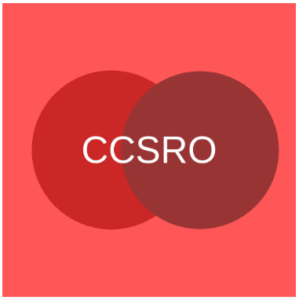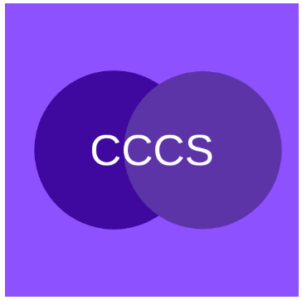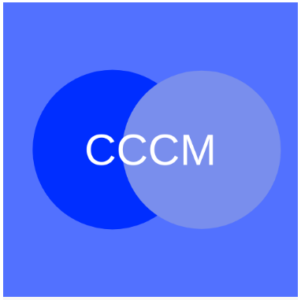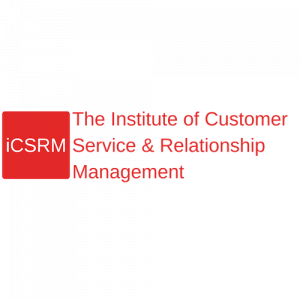Customer Service Career Overview
It’s often said that it’s cheaper to keep existing customers than to find new ones. (It’s even been estimated that acquiring customers costs 6–7x more. ) And it’s true: Bad customer service is a key driver of churn. The U.S. Small Business Administration reports that 68% of customers leave because they’re upset with the treatment they’ve received.
Customer Service Career Path
According to Hubspot, USA, Customer service professionals can be organized into 3 categories based on their personality type, job description and work experience.
Customer service entry-level positions include Customer Service Representative and Customer Service Specialist.
Customer service representative is a frontline employee on the customer service team. They’re responsible for reaching out to existing and potential customers with product offers, information about the company, and general updates. Rather than responding to customer communication, their work is more proactive because it aims to solve problems before the customer recognizes them. They typically work in offices or call centers and report to a customer service manager.
Customer support representative act as the customer first point of contact on a customer service team. They’re responsible for responding to customer inquiries via phone calls, emails, live chats, and social media direct messages. Customer support differs from customer service because of its responsive communication to customer needs — it’s more reactive than proactive.
Customer service mid-level positions include Customer Service Specialist and Product expert.
A customer service specialist is a customer service professional who has mastered a specific aspect of the product or service. These employees have a proven record that demonstrates their expertise in either customer support or customer success. Customer support specialists handle support cases that the average rep would struggle with. Since they focus on a specific product or feature, they can quickly solve the advanced problems that customers are facing.
A product expert or product engineer solves customer problems that extend beyond the training of a frontline rep. They possess extensive knowledge of the product that’s used to solve the company’s hardest support cases. These employees work on major bugs, glitches, and product flaws that can’t be addressed in a normal customer service case.
Customer service managerial and executive -level positions include Customer Success Manager and Customer Service Manager.
A customer success manager works one-on-one with customers as partners. They help customers with product onboarding, implementing tools, and creating sales and marketing campaigns. These employees tend to have a diverse background in customer success along with years of experience with working with customers.
A customer service manager leads a customer service team which can sometimes include both the success and the support teams. They hire and train new reps on their team and act as a resource whenever reps have questions. They also set goals for their team based on the company vision and check up on each rep regularly to ensure they’re hitting numbers.





